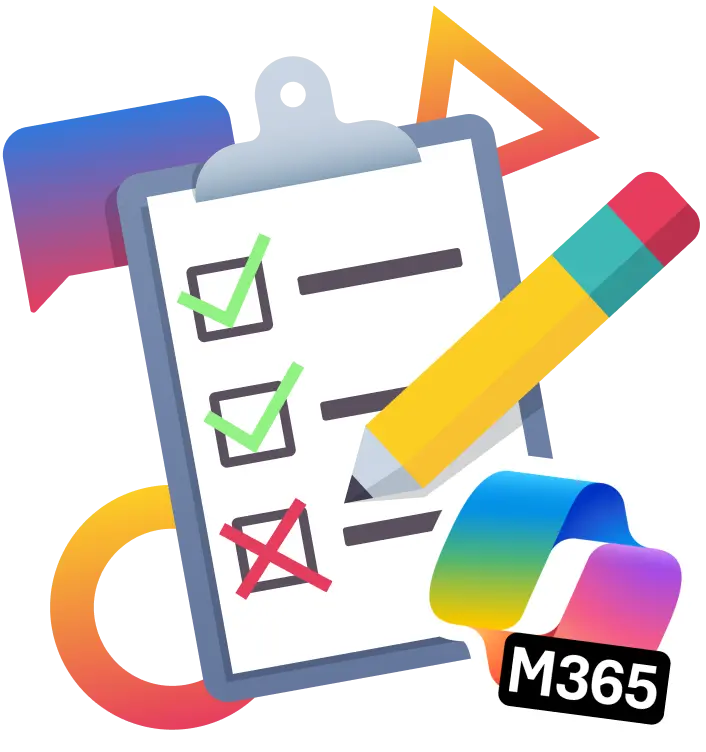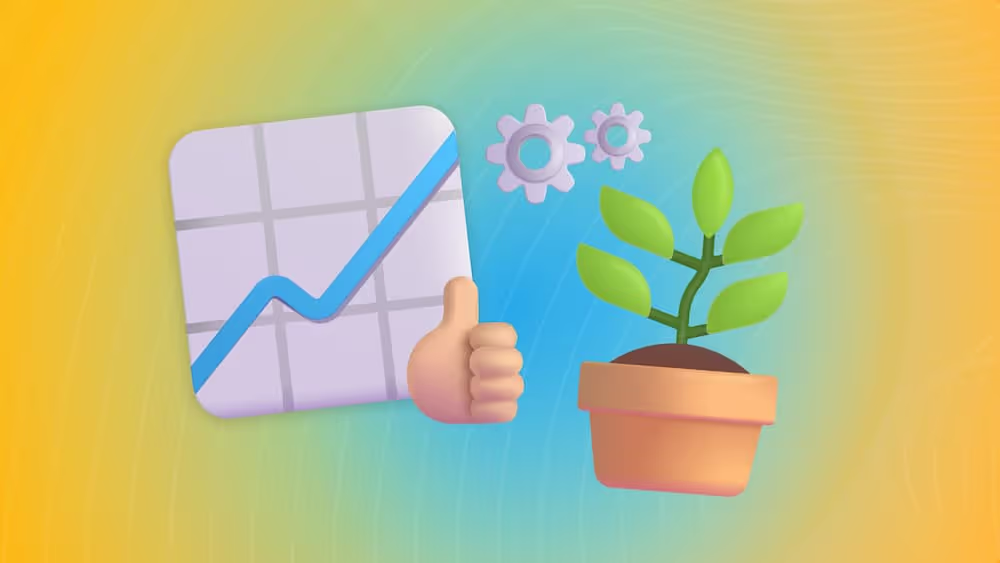Tips for Working Remotely
If you work remotely and are having difficulty managing your time, staying mentally and physically healthy, or staying connected with your team, here is some advice that will help you be more successful working from home. These tips stem from my experience of telecommuting for the last several months and struggling with challenges somewhat unique to working where you live.
Managing Your Time
My first tip has to do with time management, as a common complaint of people working (both in general but maybe more so at home) is that they lose track of their days and feel like they don’t get much done.
Time Blocking
While there are many different ways to go about managing your time, I’d like to encourage you to try time blocking, which I’ve thoroughly enjoyed using for the last few months. Time blocking helps avoid getting sucked into endless emails and meetings all day and helps you to reclaim your time for your highest-priority tasks and responsibilities.
The basic idea is to schedule events in your calendar with yourself, creating a well-thought-out schedule for you to follow each and every workday.
The good news is it only takes 15 minutes or so to plan each day. You can either do this at the start of each day (which has worked for me), or at the end of each day (for the next day). During this time, pick the 3-5 top priorities that you want to get done, and then rank them by importance (1st item is most important, 2nd item next most important, etc.). Then look at your calendar for some open blocks between meetings/other obligations and start scheduling appointments with yourself for each priority (starting with the top one). Each appointment can be between 30 min – 2 hours (or longer if needed) and don’t feel the need to schedule every last minute of your day to get each priority in. Leave some time in your day to catch up on stuff/fit in random things. Whichever priorities didn’t make it into today’s calendar can be revisited for tomorrow.

Sticking to Your Time Blocks
Once you have your day planned out, make sure you have calendar notifications turned on so you know when your priority tasks start and stop. I would strongly recommend trying your best to stick to your stop times and move on to the next thing (since this is what you planned!), but obviously, there will be some times when you’re facing a deadline and need to keep going on something.
Minimize Distractions
One final tip to make this work is to eliminate as many distractions as possible during these “focus sessions”. If it’s ok with your boss, turn off email and messaging, close browser windows with websites you browse for fun, maybe even consider turning your phone off or putting it in a drawer or something. The general idea is that when you’re not distracted, you’re free to focus on the task at hand and accomplish something you can be proud of at the end of the day.
Protecting Mental & Physical Health
My second tip is centered around maintaining mental and physical health, as working where you live has the potential to wear you down.
Have a Dedicated Workspace
Regarding mental health and finding a good work-life balance, I’d first recommend setting up a dedicated space in your house where the only thing you use it for is working. Ideally, this is a separate room with a door, but even a corner in a room can work just fine. The key is for it to be a space you can physically leave and not have to use for anything else outside of work hours. If you can’t make this work because your house is too small (let’s say you work at the dining table), consider taking the time each day to put your laptop away in a drawer or somewhere out of sight – just so you’re not tempted to want to use it outside of work hours.
Physically-speaking, make sure you have a good ergonomic setup where you work. First, you want a good chair that allows you to sit up straight with your knees and elbows at 90-degree angles. Also, make sure your monitor is at eye level so you’re not straining your neck by looking down all day (especially a problem with laptop users). If you do only have a laptop (and can’t afford a monitor), consider at least getting a separate keyboard and mouse and putting your laptop on a box to get your display up to eye level. Another great idea if you can afford it is getting a sit-stand desk so you can transition several times a day between the two positions. The more you are moving around and changing things up, the happier your body will be.

Knowing When to Stop
Another recommendation for work-life balance is to stop working when the workday is done. This starts with knowing when your workday ends and then making sure you have an alarm or eyes on a clock to end when you’re supposed to and not accidentally go over. Then, make sure you have work notifications disabled during evening hours so you’re not tempted to respond to an incoming email or message.
Taking Breaks
My last tip for mental/physical health is to take breaks! Oftentimes we guilt ourselves into thinking we need to be super productive all the time and don’t have time for breaks, but they’re actually essential for our productivity. One common method is called the Pomodoro Technique which involves setting a timer for 25 minutes and then taking a 5-minute break. After 3 short breaks in a row, your 4th break will be longer (15-30 minutes). Make sure on these breaks you’re moving around / maybe even doing some stretching, and this will help you stay healthy and focused.
Connect with your Team
My final tip is to make sure you have systems in place to connect with your team productively and socially.
Communication and Collaboration Tools
When it comes to communication and collaboration, it’s nice to have a unified system for everything you need to work with your colleagues. For this purpose, our company uses Microsoft Teams which allows messaging, calling, virtual meetings, screen sharing, file sharing, and much more. It also conveniently organizes all of this into different teams of people, all with their own series of channels to group work by project, focus, department, etc. With powerful search features as well, information is always very easy to find and organize. If your company is using several different tools for all these things (probably the worst of which might be emailed…) – it might be worth talking to your boss to see if you can start trying something like Teams instead.

Staying Social
Finally, a common complaint of working remotely is the feeling of disconnection from your coworkers – missing the typical “watercooler chat” that happens at the office. One way to stay connected is by dedicating work time to social interactions. Our company has standup meetings 3 times a week and recently have been taking the first 10-20 minutes of each meeting to just chat and talk about our personal lives. This helps us keep up on what’s going on in each other’s lives, helping us feel more connected than we’d otherwise be. We also regularly schedule longer social events for this purpose – as recently as this past Monday playing a group game called Among Us. Even doing dedicated social events just once a quarter can be a huge step up from none at all.

SELF ASSESSMENT
Is your business getting full value from your M365 subscription?
Billions of dollars are wasted each year on underused subscriptions. Take 3 minutes to find out where your tools are driving results, and where they’re holding you back.
Find Out Now

Is Team Communication Holding You Back?
Find Out in Just 2 Minutes.
Take our quick scorecard to uncover communication gaps and hidden barriers within your team.

.avif)





.jpg)







